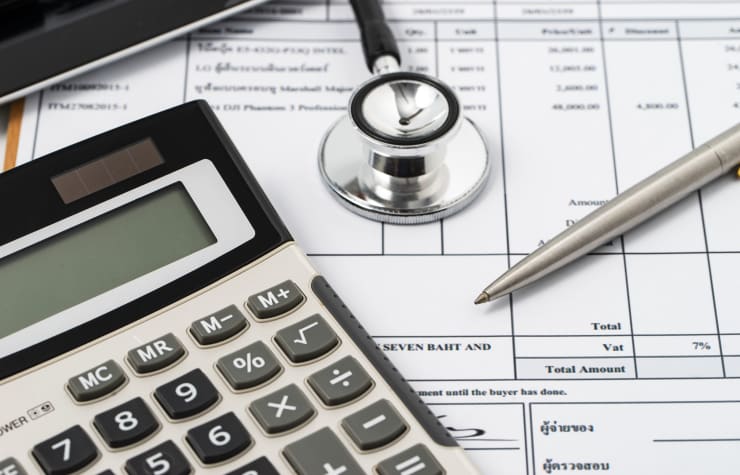Think you’re too young to be planning about retirement? Think again. Planning for the end of your career is a process you should start early. Here’s a look at the steps you should take today to start building your retirement savings.
1. Gaze into your cash crystal ball
Try to paint a picture as best you can of what your ideal retirement will look like — and how much it will cost you. An online retirement savings calculator such as the one AARP offers can help you gauge whether you are on the right spending and savings track.
2. Get a health checkup

Take the pulse of your retirement health-care plans. Are you still working? If that’s the case, make sure you’re taking advantage of a health savings accountif you have a high-deductible health insurance plan. An HSA not only helps with medical expenses; it can also be a good retirement-savings choice. If you’re already retired and on Medicare, be sure you’re making the most of your coverage options. For example, if your medication needs have changed or are evolving, shop around to see if your Part D prescription plan is still the best fit. Looking further ahead, weigh the alternatives for long-term care should the need arise; long-term care insurance might be worth considering, depending on your financial situation.
3. Keep your estate plan up to date

Be sure to check that all your estate documents — such as last wills and testaments, trusts, medical directives and powers of attorney — comply with the laws of the state where you’re retiring. Go over the provisions of those documents to ensure they’re still relevant. Take steps to address any possible concerns about estate taxes. Make certain the beneficiary information on all accounts is up to date; no matter what’s specified in your will, beneficiaries listed on specific accounts, such as IRAs, will inherit those funds. Also, now’s a good time to think about the societal legacy you may want to leave through charitable gifts.
4. Give back now

Financial donations after you die will be welcome, but what about considering donating your time and energy while in retirement? Now that you’ll likely have more time on your hands, consider picking a cause or two and lending a hand. Schools, hospitals, libraries and many nonprofit organizations are often actively looking for hands-on help.
5. Fine-tune your portfolio

You may have your money mainly in a target date fund that keeps your investment mix of stocks, bonds, cash and other assets appropriate for your retirement time horizon. Still, it’s a good idea to ensure your asset allocation is where you want it. Remember, portfolio growth and market shifts can alter your allocation when you’re not looking. And, the closer you get to actual retirement — or if you’re already there — the more conservative an allocation you’ll want. Also, keep track of the fees you’re paying in funds and consider lower-cost alternatives.
6. Pick a planner

If you are not already working with a money expert such as a certified financial planner, consider such a partnership. A CFP is trained to help you analyze your financial reality and goals, devise a plan to manage your retirement savings, and keep a lid on the emotions that can often derail even the most level-headed investor — especially during periods of market volatility like we saw in December. The Financial Planning Association’s www.plannersearch.org site and Certified Financial Planner Board of Standards’ www.letsmakeaplan.orgsite are good resources to start the search.

























